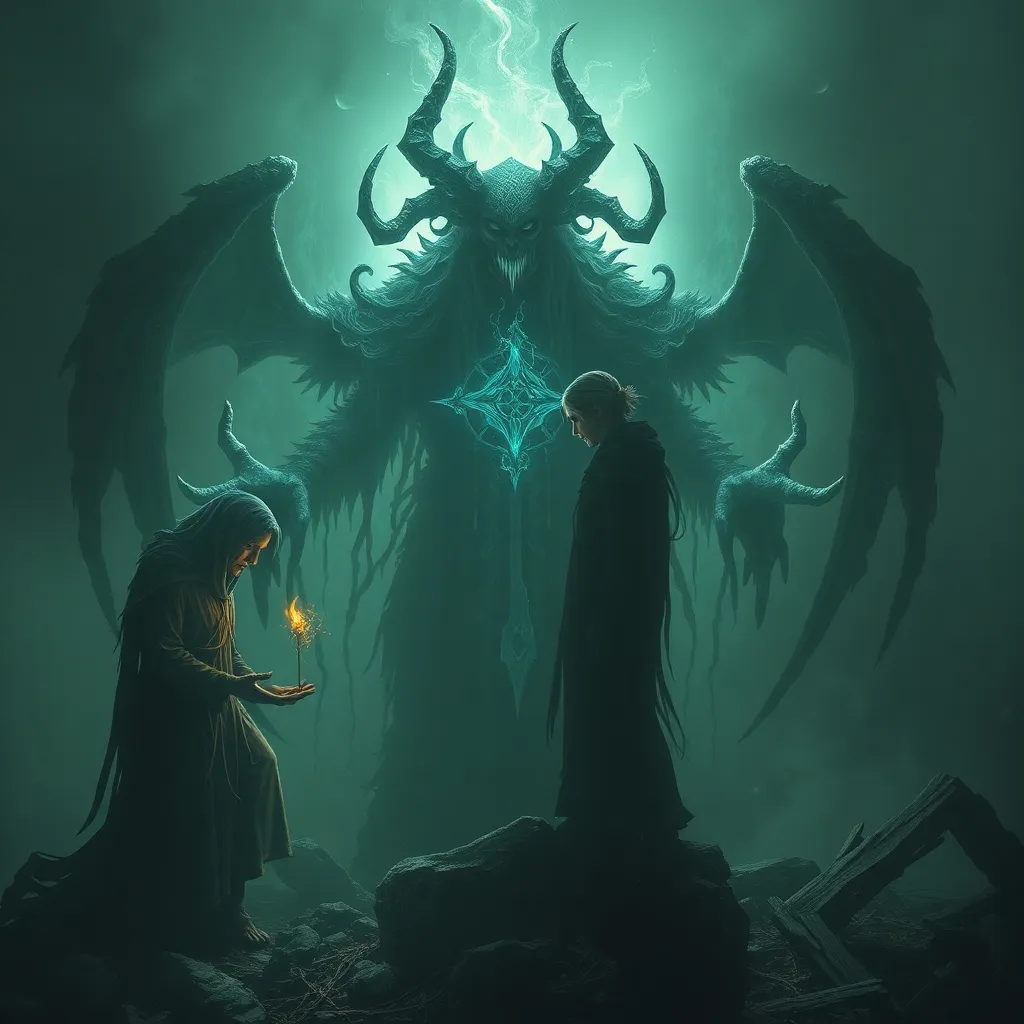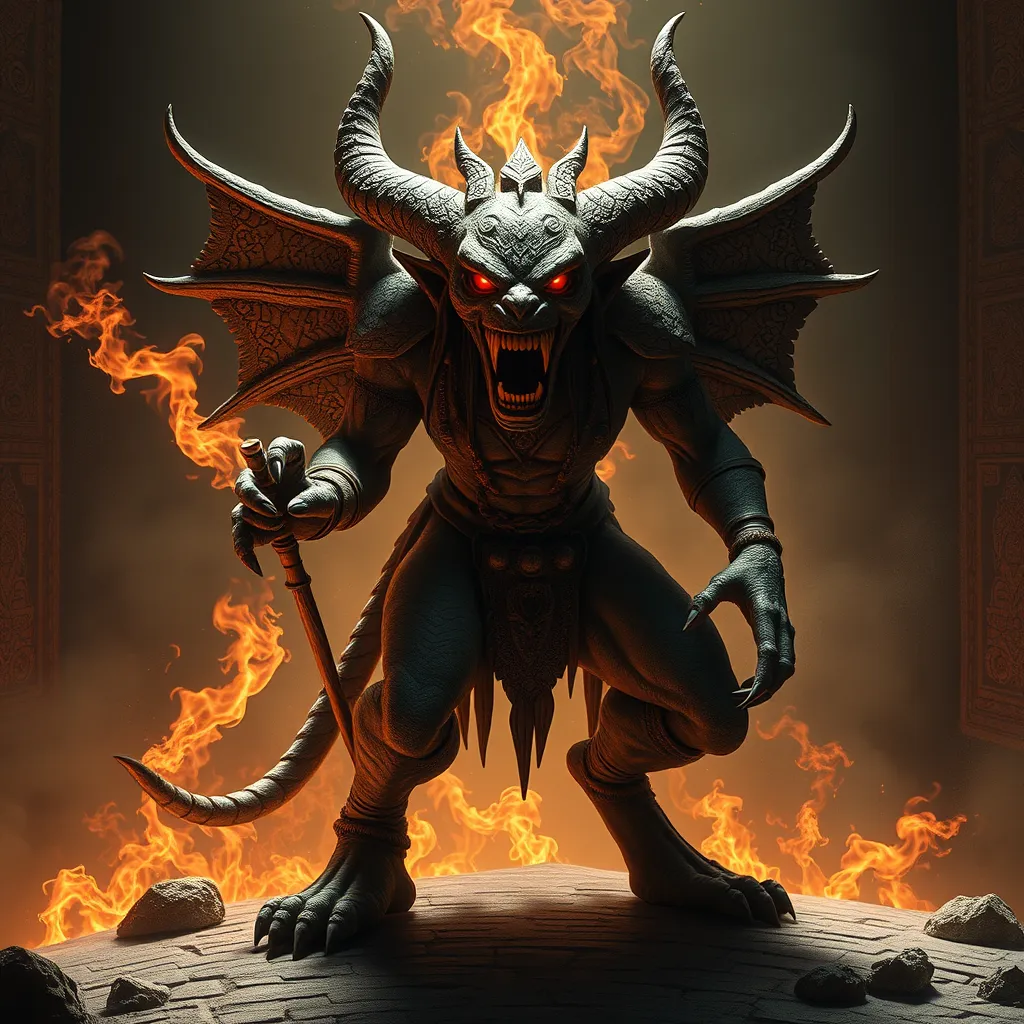The Baku: Japanese Dream-Eating Spirits and Their Connection to Vampires
I. Introduction
The Baku, fascinating figures in Japanese folklore, are known as dream-eating spirits that play a significant role in the cultural landscape of Japan. These mythical creatures are called upon to consume nightmares, providing a sense of relief and comfort to those troubled by bad dreams. On the other hand, vampires have captivated the imaginations of cultures worldwide, embodying fears of death and the unknown. This article aims to explore the intriguing connections between Baku and vampires, delving into their origins, characteristics, and the thematic parallels that bind them together.
II. Understanding the Baku: Origins and Characteristics
A. Historical background of Baku in Japanese mythology
The Baku has its roots in ancient Chinese mythology, where it is depicted as a hybrid creature with the features of various animals, including an elephant’s trunk and a rhinoceros’s body. Over time, this creature made its way into Japanese folklore, where it became associated with dreams and the protection against nightmares. In Japan, it is believed that the Baku can devour bad dreams, leaving the dreamer with peaceful slumber.
B. Description of Baku’s physical appearance and attributes
Baku are often described as having a strange and composite appearance. They typically possess:
- A large, rounded body
- A long snout resembling that of an elephant
- Sharp claws similar to those of a tiger
- A mane or fur that resembles that of a bear
This amalgamation of features symbolizes their multifaceted nature and their ability to traverse the realms of dreams and reality.
C. Cultural significance of Baku in Japanese society
The Baku holds a special place in Japanese culture, particularly during the Edo period when it was common to hang pictures of Baku in homes to ward off nightmares. The phrase “Baku ga yume wo taberu” (the Baku eats dreams) reflects the belief that invoking the Baku can protect individuals from the terrors of the night. Today, Baku are still featured in various forms of art and literature, symbolizing a bridge between the conscious and subconscious worlds.
III. The Role of Baku in Japanese Dreams
A. How Baku are believed to consume nightmares
In Japanese folklore, it is said that when one awakens from a nightmare, they can call upon the Baku to consume the lingering fears. This act of invoking the Baku serves as a form of psychological relief, allowing individuals to reclaim their peace of mind. The Baku is seen as a benevolent spirit, a guardian of dreams that helps mitigate the chaos of the subconscious mind.
B. Rituals and practices associated with invoking Baku
Various rituals are associated with the Baku, including:
- Placing a picture of the Baku under one’s pillow before sleep.
- Reciting prayers or incantations to invite the Baku into one’s dreams.
- Creating talismans or amulets featuring the Baku for protection against nightmares.
These practices reflect the deeply ingrained belief in the Baku’s power to safeguard the dreamer.
C. Symbolism of dreams in Japanese culture
In Japan, dreams are often viewed as a window into the soul, a means of communication from the subconscious. The Baku’s role in consuming nightmares underscores the cultural significance of dreams, highlighting the delicate balance between fear and comfort. Dreams are seen as prophetic and meaningful, with the Baku acting as a protector against the darker aspects of the dream world.
IV. Vampires in Global Folklore
A. Overview of vampire myths across different cultures
Vampires are a universal archetype, appearing in various forms across cultures. From the blood-sucking Nosferatu of Eastern Europe to the seductive vampires of modern Western literature, their narratives often reflect society’s fears and desires. Each culture has its unique interpretation of vampires, but the core themes of immortality, predation, and the fear of death remain constant.
B. Common characteristics and traits of vampires
Despite the variations in vampire lore, several traits are commonly associated with vampires:
- They are nocturnal beings, often active at night.
- They possess immortality or prolonged life.
- They feed on the life force of others, typically through blood.
- They often exhibit supernatural abilities, such as shape-shifting or mind control.
C. The evolution of the vampire archetype in literature and media
Over the centuries, the portrayal of vampires has evolved significantly. From Bram Stoker’s “Dracula,” which cemented many of the modern traits associated with vampires, to contemporary interpretations in literature and film, vampires continue to fascinate and terrify audiences. This evolution reflects societal changes, exploring themes of desire, fear, and the human condition.
V. Parallels Between Baku and Vampires
A. Comparison of the functions of Baku and vampires in their respective mythologies
While Baku and vampires emerge from different cultural backgrounds, their functions share notable similarities. Both serve as intermediaries between the conscious and unconscious, embodying the fears and desires of humanity. The Baku alleviates nightmares, while vampires often represent the fear of death and the allure of immortality.
B. Themes of consumption: nightmares vs. blood
At the core of both Baku and vampires lies the theme of consumption. The Baku consumes nightmares to provide relief, while vampires consume blood, symbolizing a more sinister form of predation. This consumption creates a power dynamic, with the Baku acting as a protector and vampires often portrayed as predators.
C. The dual nature of Baku and vampires as both protectors and predators
Both Baku and vampires possess a dual nature. Baku, while protective, can also be seen as a force that consumes the subconscious, much like how vampires can seduce and enthrall while simultaneously feeding on their victims. This complexity adds depth to their respective mythologies, blurring the lines between benevolence and malevolence.
VI. Cultural Interpretations and Adaptations
A. How Baku are represented in modern Japanese media and literature
In contemporary Japanese media, Baku are often depicted in anime, manga, and literature, continuing to serve as symbols of protection against nightmares. They appear in various forms, often maintaining their traditional characteristics while adapting to modern storytelling techniques.
B. The portrayal of vampires in contemporary storytelling
Similarly, vampires have been reimagined in modern narratives, from romanticized figures in series like “Twilight” to the dark, brooding characters in shows like “True Blood.” These portrayals reflect changing societal attitudes towards themes of love, fear, and the supernatural.
C. Cross-cultural adaptations and interpretations of Baku and vampires
As globalization continues to blur cultural boundaries, cross-cultural adaptations of Baku and vampires are increasingly common. These adaptations often blend traditional elements with contemporary themes, creating new narratives that resonate with diverse audiences.
VII. Psychological and Symbolic Interpretations
A. Understanding dreams and nightmares through the lens of psychology
From a psychological perspective, dreams and nightmares serve as reflections of our innermost fears and desires. The Baku, as a dream-eater, can be seen as a representation of our need to confront and alleviate these fears, while vampires symbolize the darker aspects of human nature and mortality.
B. The symbolism of Baku and vampires in addressing human fears and desires
Baku and vampires embody fundamental human fears: the fear of the unknown, the fear of death, and the desire for protection and comfort. Their respective narratives provide a means to explore these fears, allowing individuals to confront and navigate the complexities of the human experience.
C. The role of mythology in coping with the unknown
Mythology serves as a powerful tool for understanding and coping with the unknown. Baku and vampires, through their intricate narratives, offer insights into our fears and desires, providing a framework for navigating the complexities of life, death, and the subconscious.
VIII. Conclusion
In summary, the Baku and vampires, though arising from different cultural contexts, share intriguing connections that illuminate the human experience. Both serve as protectors and predators, navigating the realms of dreams and fears. Their enduring presence in contemporary culture underscores the power of folklore in addressing the complexities of human existence. As we continue to explore these mythological figures



